Huawei Over The Years: Long Road To U.S., Success No Guarantee
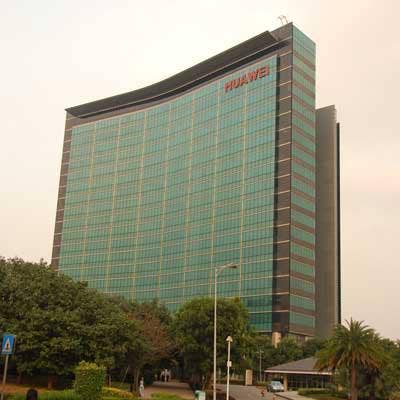
Huawei And The U.S. Market: A Study In Patience
Huawei in only 25 years has grown from a tiny importer of PBX equipment for the rural China market to one of the top telecom equipment providers to customers all around the world. All around the world, that is, except in the one market that counts most.
Several groups in the U.S. government are concerned that potential ties between Huawei and China's government could be used to exploit back doors, whether placed deliberately or via poorly written code, to spy on U.S. telecom customers. They have fought back on Huawei's attempts to make acquisitions and cut large deals with U.S. companies and government bodies.
CRN is taking a deep look at Huawei and its potential to break into the U.S. market with the help of channel partners, starting with its history and its attempts to enter the U.S. and following up with issues the company faces and its reactions.
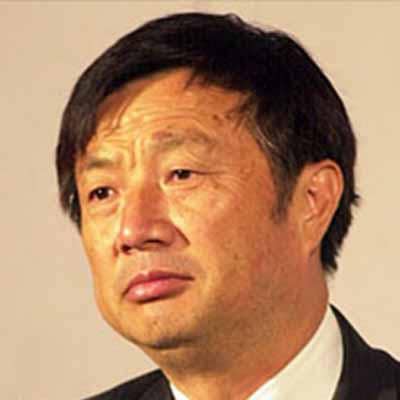
1983: Ren Zhengfei Retires From The Army
Ren Zhengfei, the future founder of Huawei, served in China's People’s Liberation Army as a member of that organization's Engineering Corps.
He retired from the army in 1983 when China disbanded the entire Engineering Corps.
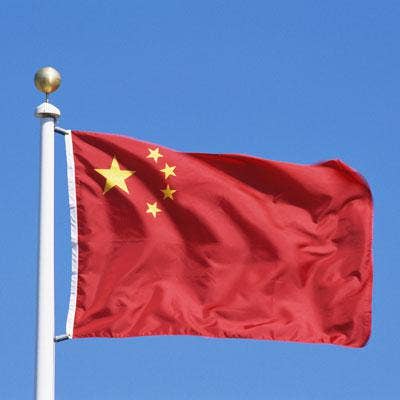
1987: Huawei Founded
Ren founded Huawei Technologies in 1987, originally as a distributor of PBX products imported into the China market.
Between his time in the army and the founding of Huawei, Ren worked as civil engineer at Shenzhen South Sea Oil
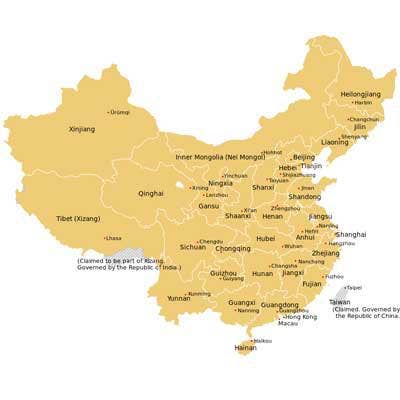
1992: Building Its Own Products
Huawei in 1992 introduced its first mainstream telecom product, a digital telephone switch with a capacity of more than 10,000 circuits.
Huawei initially targeted the rural market in China.

1997: Huawei Heads Overseas
Huawei in 1997 signed its first international contract with an agreement to provide fixed-line network products to Hong Kong's Hutchison-Whampoa.
Over the next few years, the company expanded its international operations with R&D centers in several countries including India, Sweden and the U.S. The company also would contract with IBM as a consultant to develop its management and development capabilities.

2001: Huawei Opens North American Headquarters
Huawei in 2001 opened its North American headquarters in Plano, Texas.
Since then, Huawei has expanded quickly in its attempt to build a U.S. market. The company currently boasts of 14 regional offices and seven R&D centers in the U.S., with its primary R&D facility in Santa Clara, Calif.
Huawei currently has about 1,700 employees in the U.S.

2003: Cisco Sues Huawei, Huawei Looks To 3Com
Cisco in 2003 sued Huawei for copying Cisco's proprietary code for use in Huawei switches. That code actually contained personal data inserted by the Cisco developer. Huawei denied the allegation, but it did stop making the products named in the lawsuit.
Later that year, 3Com and Huawei signed an agreement and joint venture to bring Huawei's high-end networking gear into the U.S. market.

2006: 3Com Tries To Buy Huawei's Stake In Joint Venture
3Com in late 2006 planned to take full ownership of its China-based joint venture by buying out partner Huawei Technologies' 49 percent stake in the Huawei-3Com (H3C) joint venture for $882 million. That deal, which was subject to approval by the People's Republic of China, represented an implied equity value of $1.8 billion.
Through H3C, formed in 2003, 3Com began selling Huawei networking products and later jointly developed products, including high-end routers and switches.
That plan didn't pan out.

2007: Bain Capital And Huawei Try To Buy 3Com
3Com in late 2007 reached an agreement to be acquired by Boston-based private equity firm Bain Capital Partners and Huawei Technologies in a deal valued at more than $2 billion. In a deal originally set to close in early 2008, Bain planned to pay approximately $2.2 billion in cash for 3Com. As part of the deal, Huawei would have acquired a minority stake in 3Com.
That plan didn't pan out.
2007 was also the year that Huawei paid a total of $146 million to 7,000 employees to quit, and then rehired them to skirt the higher costs of a new labor contract law, Reuters reported.
Also in 2007, Huawei and Symantec formed a joint venture called Huawei Symantec as a way for Huawei to get its hardware into the U.S. and for Symantec to increase its China business.

2008: U.S. Government Kills Huawei's Planned 3Com Purchase
Bain Capital Partners in March 2008 terminated its proposed $2.2 billion acquisition of 3Com and said that merger talks between 3Com and Huawei had dissolved and that national and political security concerns stymied the deal.
3Com, however, said at the time that it still planned to move forward with its shareholder meeting to vote on the proposed merger and urged shareholders to vote in favor of the buyout plan.
Bain said the Committee on Foreign Investment in the United States (CFIUS) was going to prohibit the deal, which would've given a 16 percent stake in 3Com to Huawei.
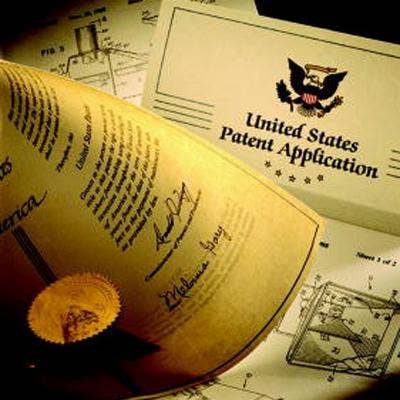
2008: No. 1 In Patents
Huawei's R&D investment paid off in the early 21st century, with the company in 2008 cited by the World Intellectual Property Organization as having the most patent applications of any company in any industry. About 3,100 of those patent applications originated in the U.S., according to the company.
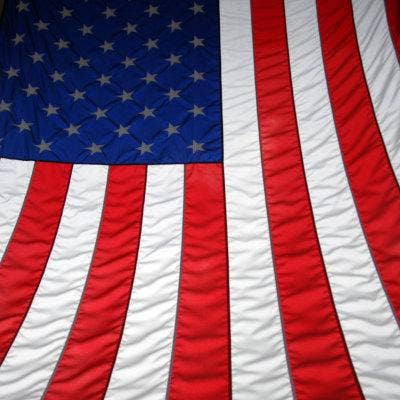
2009: 3Com Brings Huawei To U.S. Via H3C
3Com in 2009 tried to re-establish the relevance it once had in the enterprise networking market by bringing its H3C line of gear to the U.S. and launching a new channel program around it.
That H3C equipment, produced by Huawei, was targeted at 3Com's enterprise market under the H3C name. 3Com's name was slated to be used at equipment targeting SME and SMB deployments.
2009 also saw Huawei overtake Alcatel-Lucent to become the world's third-largest mobile network gear maker, according to analyst firm Dell'Oro.
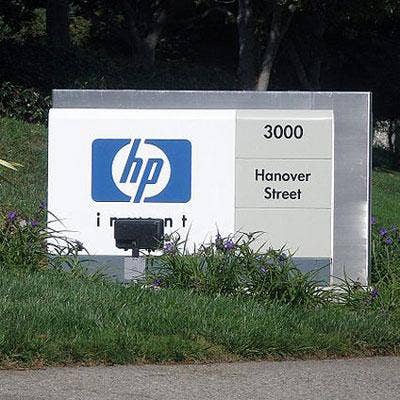
2010: Huawei's 3Com Door To U.S. Closed
Hewlett-Packard in 2010 closed its planned acquisition of 3Com for about $2.7 billion. The acquisition ended Huawei's hope of doing business in the U.S. through its 3Com partnership.
3Com's network switching, routing, and security products eventually became part of HP ProCurve. HP also used it to increase its business in China.

2011: Huawei Tries, Fails To Buy 3Leaf
Huawei in 2010 said it wanted to purchase certain assets of virtualization chip maker 3Leaf.
However, that acquisition was stymied by CFIUS, which asked Huawei to voluntarily divest itself of the 3Leaf assets.
Huawei at first resisted the request to divest itself of 3Leaf, but by February 2011 gave in.
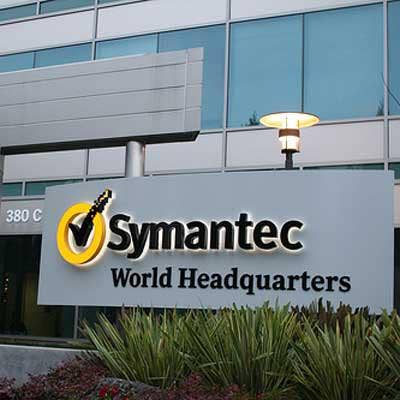
2011: Huawei Symantec Makes Big U.S. Push
Huawei Symantec in 2011 made a major push into the U.S. server, storage, networking and security market, marking Huawei's first attempt at building a U.S. market -- and a channel -- for products outside the networking business.
The company, based in China, was 51 percent owned by Huawei. Huawei Symantec in mid-2011 held its first -- and only -- channel partner conference.
Symantec in late 2011 sold its stake in the joint venture to Huawei.
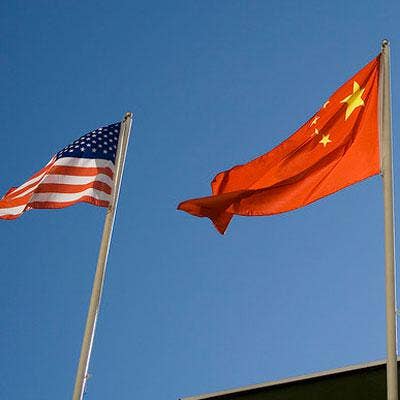
2011: U.S. Government Lashes Out Against Huawei.
Several members of the U.S. Senate and Congress wrote a letter to the U.S. Secretary of Defense, Secretary of Energy, and SEC asking for an explanation why the SimCenter was allowed to sign a contract with Huawei.
The letter accused Huawei of working with MPAK as a means of "seeking new strategies to mask its penetration of our information systems in ways that demand careful and thorough review."
SimCenter executives no longer talk about the relationship, while Mike Kornblum, president and chief storage architect of MPAK, later told CRN he was bashed in the blogs by many people inside of and outside of the industry.
"I clearly understand the real concerns about the Chinese and will never align myself with a Huawei again," Kornblum said.
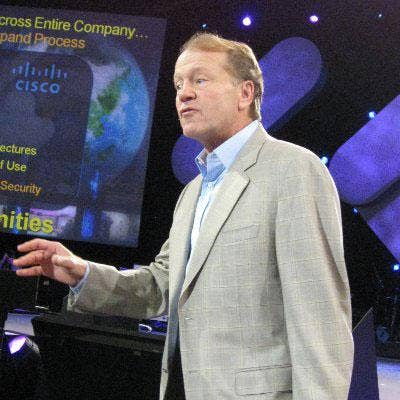
2012: Huawei Regroups For The Enterprise
Huawei in early 2012 expanded its global enterprise channel as a way to burrow further into territory dominated by Cisco, HP and other vendors.
That push included a pledge to work exclusively via a channel partner network in the U.S., as well as a big push to recruit channel executives in the country.
The move got the notice of Cisco Chairman John Chambers (pictured) who told The Wall Street Journal that Huawei was not always "playing by the rules" in IP security and intellectual property protection.
"I would not interpret Huawei as China," Chambers reportedly said at the event, adding that China will protect intellectual property when it is in its "best interest."
"And that day is coming," Chambers said.
Huawei in 2012 also signed Synnex as its first U.S. distributor.

2012: Huawei Security Issues Found
Huawei in 2012 launched an investigation into reports that at least two of its routers had major security vulnerabilities that make the devices subject to takeover through either a heap overflow or a stack overflow in their firmware.
The purported vulnerabilities were discussed at the Defcon conference in Las Vegas during a presentation by Felix Lindner, the head of security firm Recurity Labs, and his colleague, security consultant Gregor Kopf.
In response, Huawei issued a statement which said, in part, "Huawei adopts rigorous security strategies and policies to protect the network security of our customers, and abides by industry standards and best practices in security risk and incident management."
Also of interest: Huawei's telecom sales in 2012 overtook those of Sweden's Ericsson to make Huawei the world's second-largest telecom equipment maker, according to the Economist magazine.

2012: Huawei Becomes Household Name Via '60 Minutes' Report
In an October report on CBS' "60 Minutes," Rep. Mike Rogers, a Michigan Republican and chairman of the U.S. House of Representatives' Permanent Select Committee on Intelligence, told U.S. business owners that if they are "looking at Huawei, I would find another vendor if you care about your intellectual property, if you care about your consumers' privacy, and you care about the national security of the United States of America."
The "60 Minutes" story anticipated a report from the Intelligence committee that surfaced that month that calls out both Huawei and another Chinese telecom and mobile equipment company, ZTE, as security risks because their products could potentially be used to spy on American citizens.
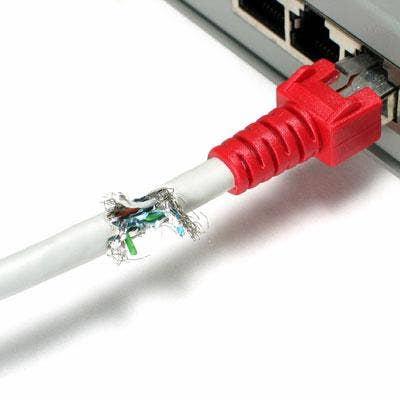
2013: Los Alamos Removes Chinese Networking Gear For Security Concerns
Los Alamos National Laboratory in 2013 decided to rip out networking switches made by H3C Technologies, the joint venture set up originally by 3Com and Huawei.
The decision allegedly resulted from a security assessment focusing on sensitive networks.

2013: Huawei Enterprise Swings At Cisco, Others Over Lack Of Innovation
After years of being on the receiving end of attacks by others, Huawei via its Huawei Enterprise business swung back at its competitors during that organization's first U.S. channel partner summit, not including the one held two years before by Huawei Symantec.
Rob Claus (pictured), vice president of channels for Huawei Enterprise, said that competitors have been trying to set the tone of the Huawei brand, and that it is time for Huawei to brand itself based on its technology and innovation.
Huawei has one of the IT industry's widest portfolios, one that it developed with its own innovation capabilities, Claus said. "Huawei doesn't acquire," he said. "We innovate."
However, he said, competitors such as HP, Cisco and Dell have "innovated" via acquisitions. "It's pretty expensive to innovate," he said. "It's expensive to keep up with engineering."